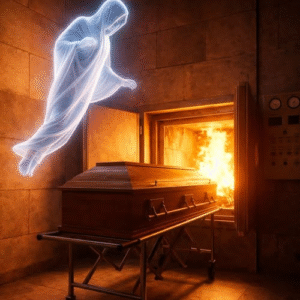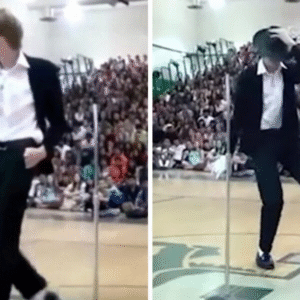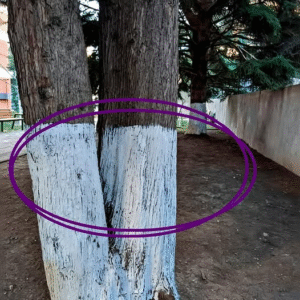The Vintage Cheerleader Baton: A Twirling Symbol of Spirit and Grace
History: Origins in Performance and Precision
The cheerleader baton, often mistaken for a majorette’s twirling baton, has roots dating back to the early 20th century. It emerged as cheerleading evolved from its male-dominated military-style chants into the spirited, athletic displays we associate with pep rallies and halftime shows today. By the 1940s and 1950s, female cheerleaders began incorporating props—including pom-poms and batons—to add flair and synchronization to their routines.
Unlike standard twirling batons used by majorettes, the cheerleader baton was often shorter, lighter, and designed more for rhythmic movement than intricate aerial tricks. Still, the lines between the two batons often blurred, especially during parades and homecoming games where school spirit and spectacle blended seamlessly.
Usage: Rallying Crowds and Routines
Vintage cheerleader batons typically featured lightweight metal shafts with rubber or plastic tips on each end for safety and flair. Some were adorned with streamers, school colors, or metallic finishes to catch the stadium lights during performances.
Cheerleaders used these batons in choreographed routines to lead chants, energize the crowd, and complement dance sequences. The baton’s rhythmic motion helped amplify visual impact, synchronize group performances, and express school pride. In small-town parades or Friday night football games, the sight of a baton-wielding cheerleader was both familiar and electrifying.
Legacy: A Nostalgic Icon of School Spirit
While modern cheerleading has largely replaced batons with tumbling, stunting, and pom-poms, the vintage cheerleader baton remains a nostalgic symbol of a bygone era. Collectors prize them for their retro charm, often displaying them alongside vintage letterman jackets, megaphones, and other memorabilia from mid-century school life.
For many, the baton evokes memories of simpler times—pep rallies in gymnasiums, crisp autumn nights at the football field, and the enduring energy of youth and community spirit. It stands as a reminder of how performance and athleticism have always played a role in uniting crowds and inspiring teams.
In essence, the vintage cheerleader baton twirled its way into history—not just as a prop, but as a sparkling extension of school pride, performance, and the timeless art of rallying a crowd.





